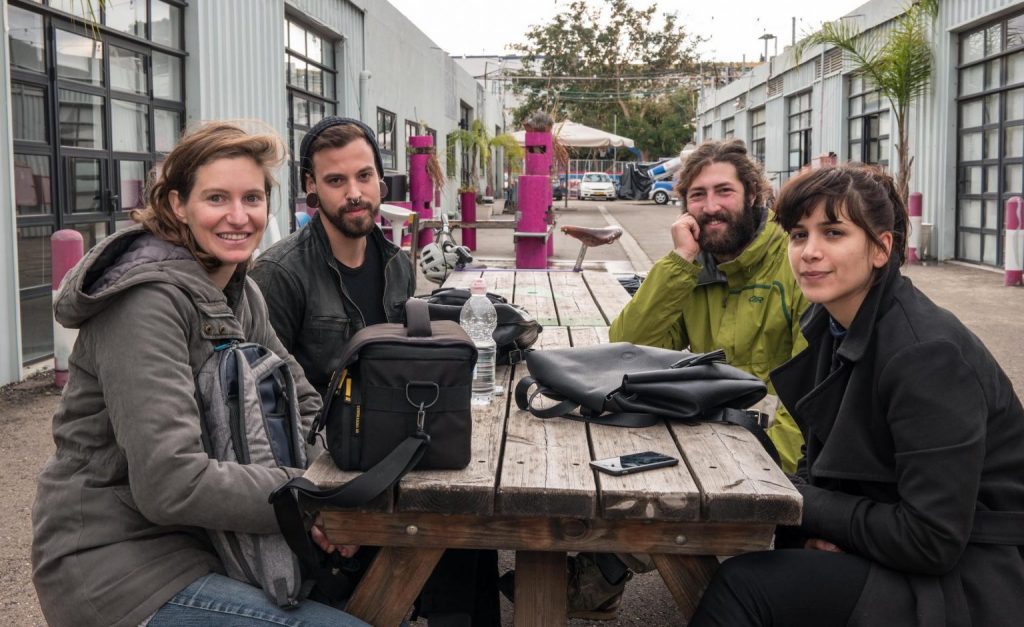Roey Victoria Heifetz

Roey Victoria Heifetz
Roey Victoria Heifetz was born in Jerusalem in 1978 as Roey Heifetz and grew up in Rehovot, a small town not far from Tel Aviv. After her army service, she studied at the Israeli Academy of Art and Design „Bezalel“ in Jerusalem. Following completion of her bachelor’s degree with Cum Laude, she continued her graduate degree while working at a studio in Tel Aviv.
In 2012, she was invited for a one-year-residency at the prestigious Künstlerhaus Bethanien in Berlin. Falling in love with Berlin, she and her partner decided to stay. Residencies in Miami (Fountainhead residency program, 2014) and Los Angeles (18th Street Art Center residency program, 2018) followed.
While being part of numerous national and international group exhibitions and having many solo exhibitions, she also was invited to show her paintings at the Israel Museum of Art. Roey Victoria has received many awards and grants including the 2010 „Artist-Teacher“ award by the Israeli Ministry of Culture, 2018 she won with “Third Body” the Ann and Ari Rosenblatt Prize for “Visual Artist” and, her video ““Block of Clay“” is part of the Venice Biennale (Israel Pavilion 2019)
As Roey Victoria self-identifies as a transgender woman, she uses images of strong and older women to expose the painful discrepancy between social expectations and the physical reality of changing and growing old as a woman. At the same time, the works allow her to imagine her own future as she moves closer to her female body. This is expressed in large-format drawings which explore the long psychological and emotional journey taken, and the implications of this momentous change of transitioning from a man to a woman.
Her drawings, which measure three meters tall and up to four and a half meters wide, are mostly composites of women Roey Victoria has observed during her years in Germany, where she currently resides. The images depict women she have seen on the street, including those who have undergone sex changes, and are derived from both imaginary figures and aspects of her own self-portraits. Part of the drawings are also inspired by interviews and talks with transgender women. The works are both outward critiques of social norms and introspective explorations of her own fears, anxiety, and deliberations regarding what is feminine and what it means to be a woman.

